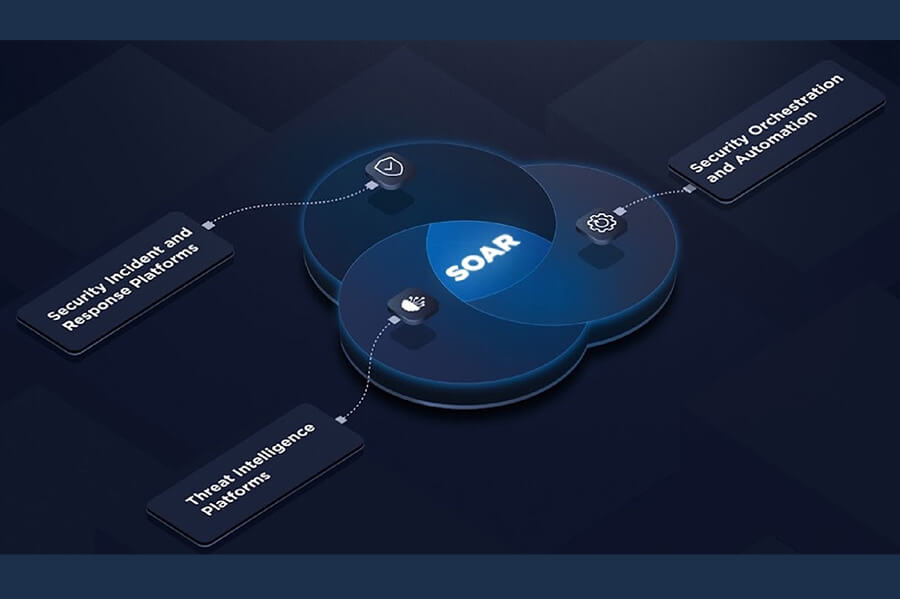Fixed Price or Time & Material? Deciding the Best Approach for Your Project
Choosing the right billing model for your outsourced development project is critical. It can either make or break your project’s success. You have two options: a fixed-price contract or a time-and-material (T&M) approach.
Each model affects your project’s budget, timeline, and risk management differently. We’ll explore the details of both to help you choose the best one for your project.
Fixed Price and Time & Material Models
Understanding the differences between fixed-price and time-and-material models can be game-changing for outsourced projects. Let’s break them down so you can make an informed decision that suits your project goals.
What Are Fixed Price Contracts?
A Fixed-Price contract locks in the total cost of the project upfront. This agreed-upon amount between the client and service provider offers a clear and predictable budget. No matter the time or resources needed, the cost remains fixed, giving you peace of mind and a reliable financial plan.
When does this work best? Projects with well-defined and stable requirements are perfect candidates for Fixed-Price contracts. By having a clear roadmap, you can accurately estimate costs and avoid surprises along the way.
Time & Material Model Explained
Conversely, the Time & Material (T&M) model is all about flexibility. Here, charges are based on the time spent and resources used, making it ideal for projects where requirements may evolve. However, this adaptability can make budget control more challenging.
Where does it shine? The T&M model benefits complex or evolving projects, as it allows for continuous adjustments and improvements as new challenges or opportunities arise.
Core Differences Between Models
The main difference is in risk and control. Fixed price contracts mean the service provider takes on cost risks, giving the client a set budget. The T&M model, however, puts more risk on the client, as costs can change based on time and resources. However, the fixed price model will more than likely be based on assumptions that can not evolve with the realities of any complex development. Or worse, need to incorporate so many possible deviations that they balloon in scope to cover them.
The Impact of Project Scope on Model Selection
The right project approach depends heavily on the project scope. It helps decide between a Fixed-Price or time-and-material model. The project’s requirements need to be clear and stable.
If the project needs are well-defined and stable, a Fixed-Price model might be best. It helps in making accurate cost estimates and budgeting. On the other hand, a time-and-material model is better for projects with changing needs or unclear requirements. It offers more flexibility.
The Time and material model is often the best choice for complex or uncertain projects. It allows for better adaptation to changes, which is helpful when the project’s full scope is unknown initially.
Ultimately, picking between Fixed Price and Time & Material models depends on the project scope and clarity of needs. By evaluating these, you can choose the suitable model for your project. This ensures the project’s success.
Cost Predictability and Budget Management
Choosing the right billing model is key to managing costs and budgets well. Both fixed-price and time-and-material (T&M) models have benefits. They help with financial planning, budget flexibility, and risk assessment.
Financial Planning with Fixed Price
Fixed price contracts make budget planning easier. They set a fixed price for the whole project. This lets clients plan their budgets better and keep an eye on costs.
This model works best for projects with clear scopes and little risk of changes.
Budget Flexibility in T&M Projects
The T&M model, on the other hand, offers more budget flexibility. It allows for changes as the project goes on. This helps clients deal with new needs or unexpected issues.
Even though it might be riskier, it lets clients adjust budgets and resources as needed.
Risk Assessment and Cost Control
Good risk assessment is important for both fixed price and T&M projects. In fixed price contracts, planning and risk analysis upfront can prevent cost overruns. For T&M projects, keeping an eye on costs is key to staying within budget.
No matter the model, managing risks and costs well is vital for project success.
Project Timeline Considerations
Choosing between fixed price or time and material (T&M) billing models is key. The project timeline is a big factor. The model you pick can change how long the project takes, its milestones, and when it’s done.
Fixed-price projects have a clear timeline. The vendor promises to finish the work by a certain time, giving clients a clear idea of when the project will end. This helps in planning and using resources well, as the vendor must work efficiently to meet deadlines.
On the other hand, T&M projects are more flexible with their timelines. The vendor gets paid for the hours they work, which allows for changes as the project goes on. This is good when the project’s needs or challenges are hard to predict.
Choosing the right billing model depends on the project’s needs. Organizations can pick the best model by considering the timeline. This choice should match their project goals and how they manage things.
Risk Distribution Between Client and Vendor
When it comes to project development, who bears the risks is key. In outsourced development, knowing the risks is crucial for both sides. This knowledge helps in making smart decisions and achieving project success.
Client-Side Risk Factors
In outsourced projects, clients face risks like scope creep, budget overruns, and quality issues, which can affect the project’s timeline and budget. To manage these risks well, clients need to understand their role and the risks.
Vendor Responsibilities and Risks
Vendors also need to avoid risks in outsourced projects. These include scope changes, resource issues, and keeping quality high. Vendors must tackle these risks to deliver the project well and keep the client happy. Vendors can build a strong reputation by managing risks well and getting more projects.
Finding the right risk balance depends on both sides’ project, trust, and risk tolerance. By weighing the risks, clients and vendors can work together effectively. This way, they can make the most of outsourced development without facing big problems.
Quality Assurance and Development Control
Choosing between Fixed Price or Time and material models changes how quality is handled. Quality assurance is key to getting what you want from a project, and the billing model affects how quality is maintained throughout the project.
In a Fixed Price deal, the vendor is in charge of making sure everything is done right. They plan carefully, test a lot, and fix problems early. This way, they stick to the budget and meet quality goals.
The Time and material model allows more room for adjusting the project. The client can monitor progress and change plans if necessary. This way, both the client and vendor work together, making sure the project improves with each step.
Good quality control is crucial, no matter the billing model. By picking the right approach, projects can meet high standards and finish well.
Billing Model Selection Criteria
Choosing the right billing model for your project depends on several factors. The project’s size, complexity, team structure, and budget are key. These factors help decide which model best fits your needs.
Project Size and Complexity
A fixed-price model works well for small, clear projects. It helps you manage your budget better. But a time and material (T&M) model is better for big, complex projects. It’s flexible and suits projects that change a lot.
Team Structure Requirements
The team structure is also essential. A fixed-price model is good for projects needing a dedicated team. It offers a clear cost. However, a T&M model is better for projects that need flexible staffing. It lets you adjust the team as required.
Budget Constraints Analysis
Lastly, consider your budget and risk tolerance. A fixed-price model is good for tight budgets, as it ensures costs are known. But if you have a flexible budget and can handle risk, a T&M model is better. It’s more adaptable to changes.
Change Management and Flexibility
Adaptability is crucial in project management. Both Fixed-Price and time-and-material models are strong at handling changes. Knowing the pros and cons of each helps project managers choose the best fit for their projects.
The Fixed-Price model is known for its predictability, with a clear budget set from the start. However, it can be tough when a project needs to change a lot. Managing changes well in this model means planning carefully, communicating clearly, and having strict change rules.
The Time and material model, on the other hand, is more flexible. It lets teams adjust easily to changing needs. This model might require more effort to keep track of changes and costs, but it’s great for agile projects.
Choosing between Fixed Price and Time and Materials depends on the project, the client, and the vendor’s change management skills. By understanding each model’s details, project managers can handle changes well and achieve success, no matter the billing method.
Conclusion
Choosing between a Fixed-Price or time-and-material billing model is a big decision. The Fixed-Price model helps with budgeting and planning, while the time-and-material model offers flexibility and can adjust to changing project needs.
When picking the right model, consider your project’s scope, timeline, and risks. Fixed Price is good for projects with clear needs and a set timeline. It helps manage budgets well. However, time and materials are better for projects with unknowns or changing needs.
The choice depends on your project’s needs, stakeholder preferences, and team skills. Knowing the pros and cons of each model helps make a smart choice. Good communication, proactive management, and quality focus are key to project success, no matter the model.








